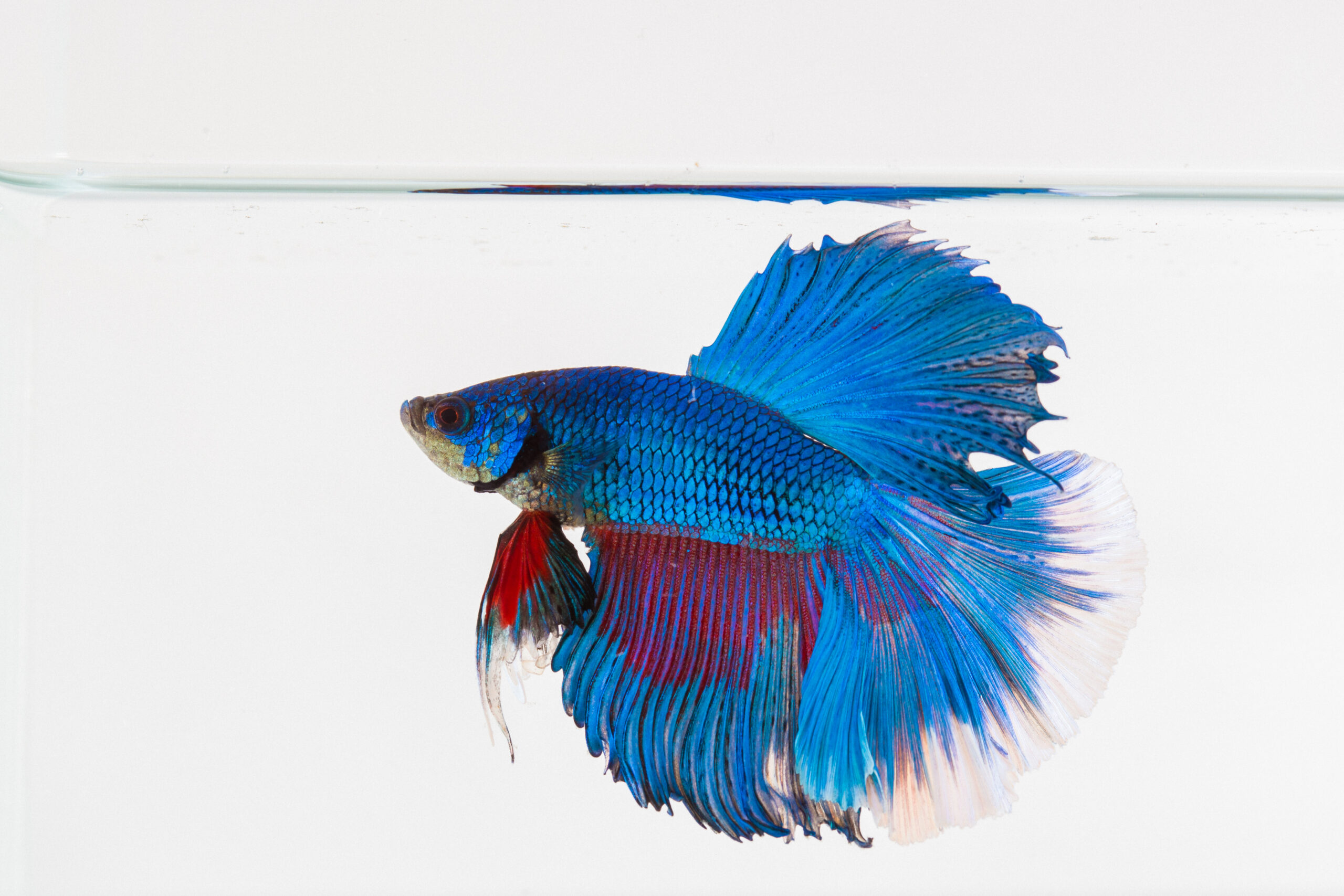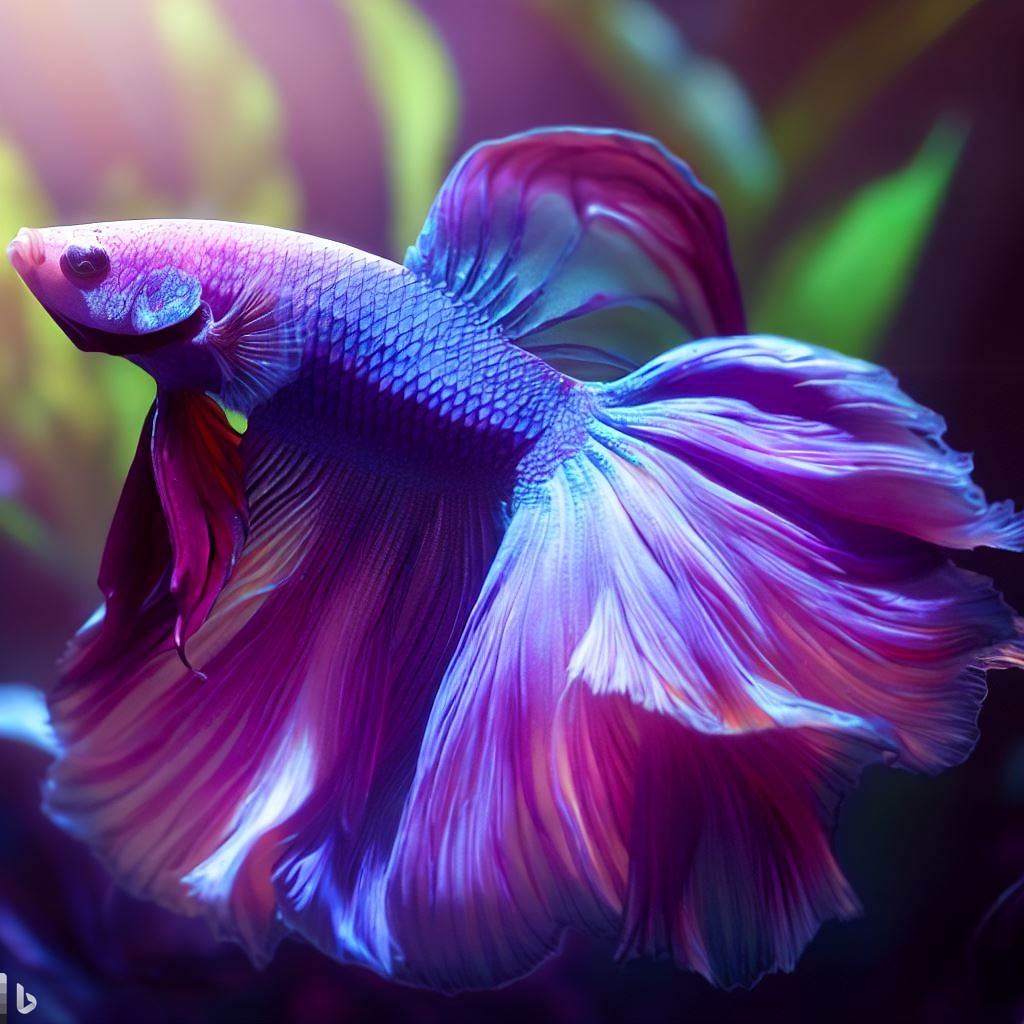Betta Fish Life Expectancy: Just How to Ensure Your Betta Lives Longer
Betta Fish Life Expectancy: Just How to Ensure Your Betta Lives Longer
Blog Article
How to Breed Betta Fish Efficiently: Specialist Strategies and Insights for Hobbyists Looking to Expand Their Betta Collection
Reproducing Betta fish needs a nuanced understanding of genes and ecological conditions, making it important for enthusiasts to come close to the process with both persistance and care. Developing an optimal breeding setting, selecting the appropriate pairs, and observing the details of their courtship behaviors are fundamental steps that can significantly affect the end result. The subsequent treatment of the fry is crucial for guaranteeing their healthy and balanced development. As we check out these key parts, it becomes clear that effective reproduction is not nearly the first pairing but encompasses a more comprehensive strategy that advantages mindful consideration.
Comprehending Betta Fish Genetics
Comprehending the genes of Betta fish is critical for effective reproduction, as it affects traits such as shade, fin form, and behavior. Betta fish exhibit a varied array of colors and patterns, largely determined by their genetic make-up. The key genetics in charge of pigmentation include the "B" genetics for blue, "D" genetics for red, and the "C" gene for color intensity. Breeders can manipulate these traits by selecting specific moms and dad fish that show wanted features.
Along with pigmentation, fin morphology is one more considerable aspect of Betta genetics (betta fish). The shape and size of fins are affected by numerous genetics, consisting of those that figure out whether the fins are short, long, or veil-shaped. Comprehending these genetic variations aids breeders predict the phenotypic outcomes of their offspring
Moreover, behavior traits such as aggression and territoriality can likewise be affected by genes. These habits play a crucial function in the reproducing procedure, as they can impact generating success and the overall temperament of the resulting fry. By comprehensively understanding these hereditary principles, dog breeders can make informed choices, eventually enhancing their breeding programs and achieving preferable results.
Preparing the Breeding Setting
Producing an optimal breeding atmosphere is essential for the effective reproduction of Betta fish. The very first step in preparing this setting is to select an ideal reproduction tank, preferably varying from 5 to 10 gallons. This size enables sufficient swimming area and the establishment of regions. The storage tank must be furnished with a heating unit to maintain a steady temperature level in between 78 ° F and 80 ° F, which is critical for encouraging spawning actions.
Next, think about the usage of a sponge filter or an air stone to offer gentle water blood circulation without developing strong currents that can stress the fish. It is vital to mount plants or reproducing cones to supply hiding areas and advertise convenience for the lady throughout the spawning process. Floating plants, such as Java moss or water sprite, can also develop an extra natural surroundings while helping with bubble nest building by the male.
Before introducing the breeding pairs, guarantee the water is conditioned and totally free from dangerous chemicals, such as chlorine or hefty additional resources steels. betta fish. informative post Routine water modifications must be carried out to preserve ideal water quality, enhancing the chances of successful reproduction. With these prep work in position, the breeding environment will sustain the wellness and wellness of both Betta fish
Choosing Breeding Pairs
Selecting the best breeding pairs is crucial for achieving effective Betta fish recreation. Healthy Betta fish display vivid colors, clear eyes, and active actions.
Character is an additional crucial consideration, as Betta fish are understood for their aggressive nature. It is suggested to select a man and woman that show compatible personalities to reduce stress and anxiety during the reproducing process. A calm man can encourage a smoother courtship, while a lady that is too aggressive might disrupt the procedure.
Hereditary background additionally plays a significant function in the quality of the children. Reproducing fish that are genetically diverse can decrease the threat of hereditary health and wellness issues and improve the total vigor of the fry. It is beneficial to investigate the family tree of both the find more info male and woman, focusing on preferable attributes such as fin type, color scheme, and dimension.
The Breeding Process
The reproduction procedure of Betta fish requires mindful planning and attention to detail to make sure a successful result. It is vital to prepare an appropriate reproduction tank, ideally a 5-10 gallon fish tank with a temperature level preserved at 78-80 ° F. The storage tank must be geared up with a heating unit, filter (ideally sponge kind to avoid solid currents), and lots of marine plants for the female to hide.
When the environment is established, present the chosen reproducing set to the tank, enabling them to adjust. Observe their behavior; the man will certainly present sophisticated courtship routines, consisting of flaring his fins and constructing a bubble nest. If the lady reveals rate of interest, she will display vertical red stripes showing preparedness for spawning.
When the woman is receptive, both will engage in a breeding welcome, throughout which the male fertilizes the eggs. It is important to monitor their interactions very closely, as the man may become aggressive. After generating, eliminate the woman to avoid potential harm. The man will certainly have a tendency to the eggs, which usually hatch within 24-36 hours. Maintaining optimum water problems during this period is important for the growth of healthy Betta fry.
Taking Care Of Betta Fry

Feeding Betta fry is critical, as they require a diet plan high in protein. At first, they can be fed infusoria or fluid fry food, transitioning to carefully crushed top notch pellets as they grow. Feed tiny sections numerous times a day to encourage healthy and balanced growth without straining the tank with uneaten food.

As they develop, check their growth closely and separate any type of aggressive people to prevent damage. By offering a supporting setting and correct nourishment, enthusiasts can efficiently increase Betta fry into lively, healthy fish, ultimately enhancing their breeding endeavors.
Conclusion
Successful Betta fish reproduction calls for careful interest to genetic selection, ecological conditions, and care for the fry. By recognizing the genetics of Betta fish and preparing a proper breeding atmosphere, enthusiasts can enhance the opportunities of producing lively, healthy and balanced offspring.
Report this page